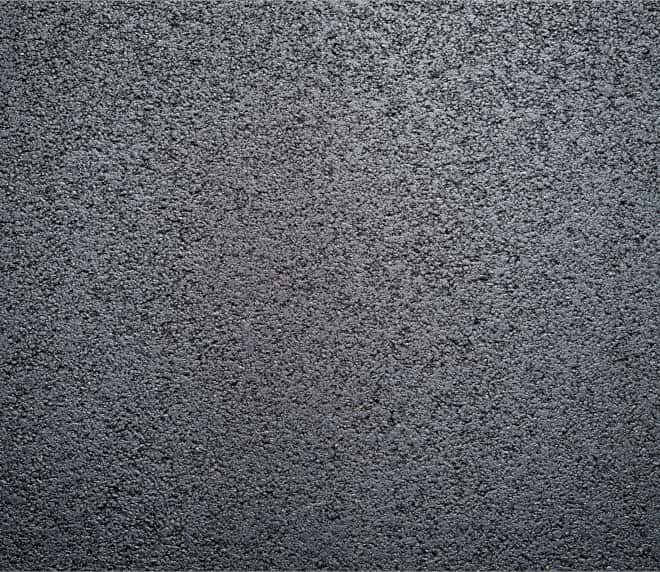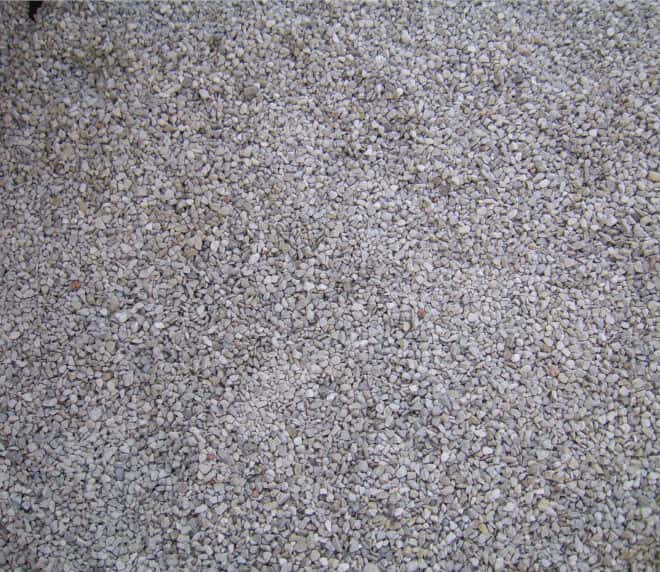Hay barns: Hay barn flooring
Hay barns have a vital role to play during the autumn and winter as they store hay after it has been cut during the summer. A hay supply should be able to last until springtime rolls round again to ensure horses and livestock have a good supply of healthy forage while fresh grass is harder to come by. Keeping your hay supply stored correctly is essential to maintaining quality and longevity and the flooring you choose will play a huge role in ensuring the barn is kept dry, warm, and does the best job it can at keeping moisture at bay.
Often, horse owners will look to incorporate a hay barn within their stable complex, so the comfort, health, and safety of the animals needs to be considered when choosing flooring too. However, if your hay barn needs to be a stand-alone structure you may have slightly more choice on what flooring to opt for.
Features of good hay barn flooring
- Dry and non-slip. Your hay is going to be in close contact with the floor of your hay barn, so it’s vital that it is not responsible for perishing it in any way. Regardless of the material you choose for your barn, you need to prioritise the provision of a dry space with good drainage and plenty of ventilation. The last thing you want is the hay absorbing moisture from the ground as this will damage it very quickly. A raised floor that gets good ventilation from below is imperative.
- Durable. The haybarn will befrequented on a regular basis by stable hands and horse owners. Plus, if your stable shares the same space, the floor material needs to be durable enough to withstand the pawing of horses as well as all the regular, abrasive sweeping and cleaning.
- Easy to maintain and clean. Naturally, the floor needs to be kept as clean and well drained as possible to ensure the health and comfort of those entering the haybarn and any horses residing in the space too.
- Expel odours. If your hay barn is conjoined to your stable, you will need to think about the smell omitted from horse manure and urine. Despite your best cleaning efforts and quality drainage, it is not uncommon for the smell to linger.
- Comfortable. With integrated hay barns, you’ll need to think of your horse’s comfort too. A hard, cold, and damp surface can be harmful to a horse’s legs and general wellbeing, so providing some cushioning will support horses when they stand, or rest on the surface.
What can you put on the floor of a barn?
A dirt floor
Many barns designed for storing large bales simply opt for a dirt floor that is elevated and well drained to minimise moisture imposition. Elevation is key when considering a dirt floor option, otherwise you’ll have mould to contend with and your hay will be ruined before you know it. Placing wooden or plastic pallets on the floor and stacking the hay on top of the pallets is one workaround that clears the hay from the ground and allows ventilation to flow freely around the supply. If you are particularly handy, you might consider building a wooden raised platform to place hay on.

Concrete or asphalt
A concrete floor is ideal in a standalone hay barn because it is completely level and, therefore, keeps everything stored in it completely level too. It is easy to clean and easy to build drainage in too. While it can be one of the more expensive options, the investment will be worth it, especially if your flooring needs to cover a barn with a large flooring area. If the hay barn flooring is shared with your stable, you can use rubber mats on areas used by horses to ensure the tendons and ligaments of your horses’ legs do not suffer damage from the hard surface.
Asphalt is a long wearing, low maintenance option like concrete, but not quite as durable. It also provides traction and has slightly more give than concrete which will be more comfortable for horses to stand and walk on (if you have a combined hay barn and stable).
Sand
All porous floors are effective at moving water away from the surface and down into the ground below the barn. Sand is one of the most forgiving floor materials on a horse’s legs and has excellent drainage. However, pure sand will move easily and create tracks with repeated use. Plus, if your hay barn resides near or in your stable, shifting sand may result in your horses ingesting it if not maintained and monitored well. Ingesting sand can lead to several problems for your horse including stomach pain, colic, and general irritation. Sand can also have a drying effect on horse hooves, with more hoof wall cracks and splits.
Like a dirt floor, you will still need to ensure hay is elevated off the floor in some way. Despite sand offering good drainage, the surface will not always be completely dry and adequate ventilation should be offered between the hay and the ground.

Gravel
Gravel is an option because it provides good drainage and allows for good ventilation. Like the other porous materials mentioned above, it may not provide enough ventilation or expel enough moisture when used on its own.
What is the best floor to store hay on?
For standalone hay barns, concrete seems to be the most popular floor choice. A concrete floor is not only sturdy and durable, but it’s also ideal for keeping your floor level, clean, and making it easy to remove any dirt or debris. For hay barns incorporated within a stable, asphalt would be a good alternative to concrete. Asphalt provides the ease of cleaning and longevity with a little more forgiveness to the horse’s legs and feet. The oil in asphalt seals and does not allow moisture in or out, therefore, an asphalt floor in a hay barn will fix any moisture transfer/spoilage issues for the bottom bales, ensuring there are no issues with being able to use that bottom layer.
However, if your budget will not stretch to a concrete or asphalt floor, you could opt for a porous flooring option such as dirt, clay gravel or sand and ensure the bottom layer of hay is elevated off the floor by lining the floor with plastic or wooden pallets and stack the hay on top them.
At National Stables, we can build your hay barn into your stabling, adding on a gable end to incorporate the shelter, or we can make it a freestanding structure in whatever position is convenient for you.
As with all our timber structures, our hay barns are made to the highest specifications and are of exceptionally high quality. All our wood is pressure treated to ensure it lasts a lifetime. If you would like to know more about our hay barns, stables, or other timber structures, why not order a brochure today.



